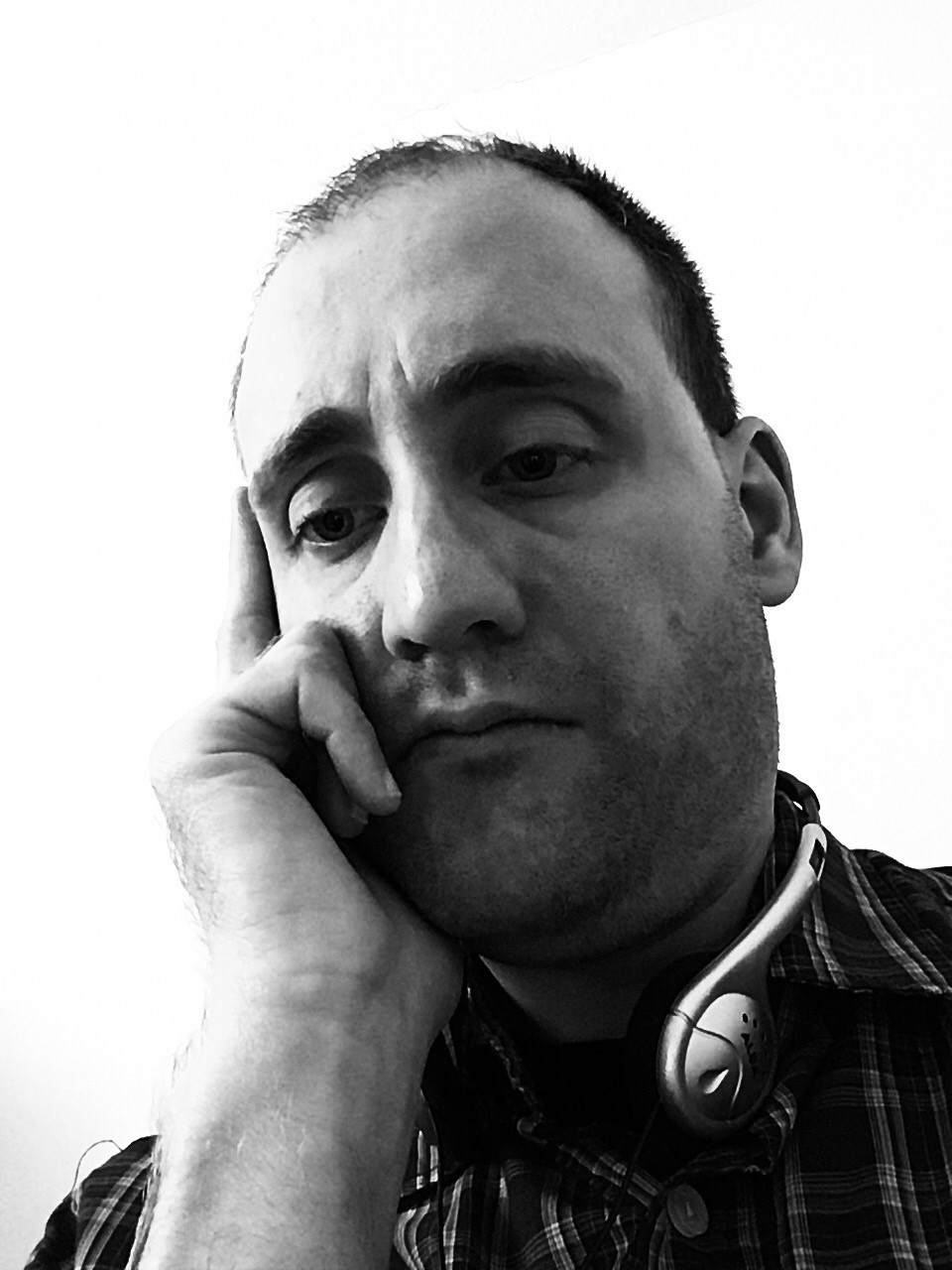




“No one really cares about cinema” Chilean writer and filmmaker Pablo Larraín tells DMovies. His criticism of the place of film in our contemporary world offsets a film centring on events that have revealed the shadow complex of the Roman Catholic Church, which has impacted its present and future role in our contemporary world. “You do it because you love it, but cinema doesn’t change anything. Maybe it could create a culture or an idea that in time it would sculpt or could transfigure something among artistic activities. Today there are some newspapers and media that will place cinema in the culture space, but most will place it in the entertainment section, and so this is something we have to struggle with.”
What is it that defines a filmmaker, their actions or their profession? “I come from a family of politicians and lawyers, and so before I discovered movies those were the careers I was going to pursue” explains Larraín. “And then what you do becomes what you are”. In his latest film The Club (out on Good Friday, click here in order to read Dirty Movies’ 5-splat review and watch the film trailer), a group of excommunicated priests are defined not only by their priestly devotion, but by their crimes. To outsiders however, their status as priests creates a smokescreen for their status as criminals that includes the crimes of child abuse and baby-snatching. It is a subject that resonates beyond the screen, shaking the social and religious consciousness.
One would imagine that such urgent subjects as this could only be approached with a very serious tone. But for Larraín cinema is an arena of irresponsibility “when dealing with an issue that you should be responsible with, because at some point you can turn the lights on and everybody is the same, and that’s fascinating.”
The Club is infused with a pictorial and musical seriousness that invokes emotional reverberations; it is an art house movie with a sense of urgency of purpose. One aspect of this aesthetic is how Larraín both positions his cast of characters against the ocean, while permitting his actors to consume the frame with their physical presence, which are offset by scenes of verbal contemplation – orchestrating an harmonic balance between silent and verbal contemplation.
The look of silence
“It is a balance, otherwise it would be too noisy or too silent” observes Larraín. “But then it is a good way to create an atmosphere because movies are made with structure, plots and character development, but also tone. Both the tone of a movie and the atmosphere are essential, and then you create an idea of what you or the audience are looking at.”
The helmer also contextualises the words and silence of a film as revealing its playful nature, creating an understanding of what we are looking at, but with a propensity to create uncertainty and mystery. “In that silence you could create a reflection of what you are looking at, but then the characters talk again and it switches and moves in a different direction. Then you don’t know what is going on and so it becomes suspenseful and mysterious. Foucault used to say: ‘You are a parishioner in an open space’, which is a big paradox because there are no keys in here; no doors. You can leave whenever you want, but nobody does.”
Here Larraín could be read as both simultaneously referring to the film as well as the spectatorial experience, because neither does the house nor the rooms in the film have any locked doors. Seclusion and claustrophobia meet open space in The Club, as Larraín constructs the film upon a spatial paradox. “You open the window and you look out at the endless space and so it becomes a psychological form of claustrophobia.
“This is especially true if we don’t know what the priest thinks about what he has done, or if we don’t know exactly what they have done, which means you don’t know why they are there. Or do you know? But then it is contradictory and everything is in a space that requires the audience to close that down, and so it is a movie that needs an active audience.”
Does this mean that silence within cinema acts as an invitation from the filmmaker to the audience to actively contemplate – not for Larraín. “It is never very conscious, and I don’t think it is something the audience does, but of course as an instructor I try to do this.”

Is it ok to laugh?
One of the ironies of The Club (the image above is taken from the movie) is the way in which a seriousness can emerge through the humorous part of a film’s personality – lightheartedness of laughter penetrating the audience’s moral conscience.
“Having humor offers an interesting way to say something that could otherwise sound very preachy and boring” Larraín observes. “You can make the audience laugh about something, and then when they are laughing they will perhaps feel that they shouldn’t be, and so they feel uncomfortable, and they ask the moral question to themselves of why they are laughing at this moment? Should I laugh or should I not laugh? And so it creates an active relationship in terms of the morality that is expressed in the movie, as well as your own individual morality.”
The child with the bomb
If a film is designed to create an “active relationship” with its audience, then it follows that the creative experience lived through the creation of a film should represent a transformational experience for its filmmaker. But speaking with Larraín he attributes this to the broad uncertainty of the process. “It is impossible for it to not be like that because you really don’t know how the movie is going to turn out, and so you don’t even know how you are going to feel about the movie… In a way you really don’t know what you are doing.”
The process of making The Club and Larraín’s other films is comparable to a recurring journey towards a destination, with the creator gradually discovering new aspects of the work. “The reality is when you start a movie you are in an empty space that you need to fill with images, ideas and silence. Then you have to cut it, which is another key moment because it is only when you cut the movie, and not when you shoot it that you finally discover your movie.”
“That transformation is also your own transformation and I guess that is what is so beautiful – it is something in which you don’t know where you are going. If it was a known place, then maybe you wouldn’t try to go there. You want to put yourself in danger because at the end what you are is you are a kid with a bomb that could explode at any time, and that is fascinating.”












One thought on “Is this the enfant terrible of Latin American cinema?”